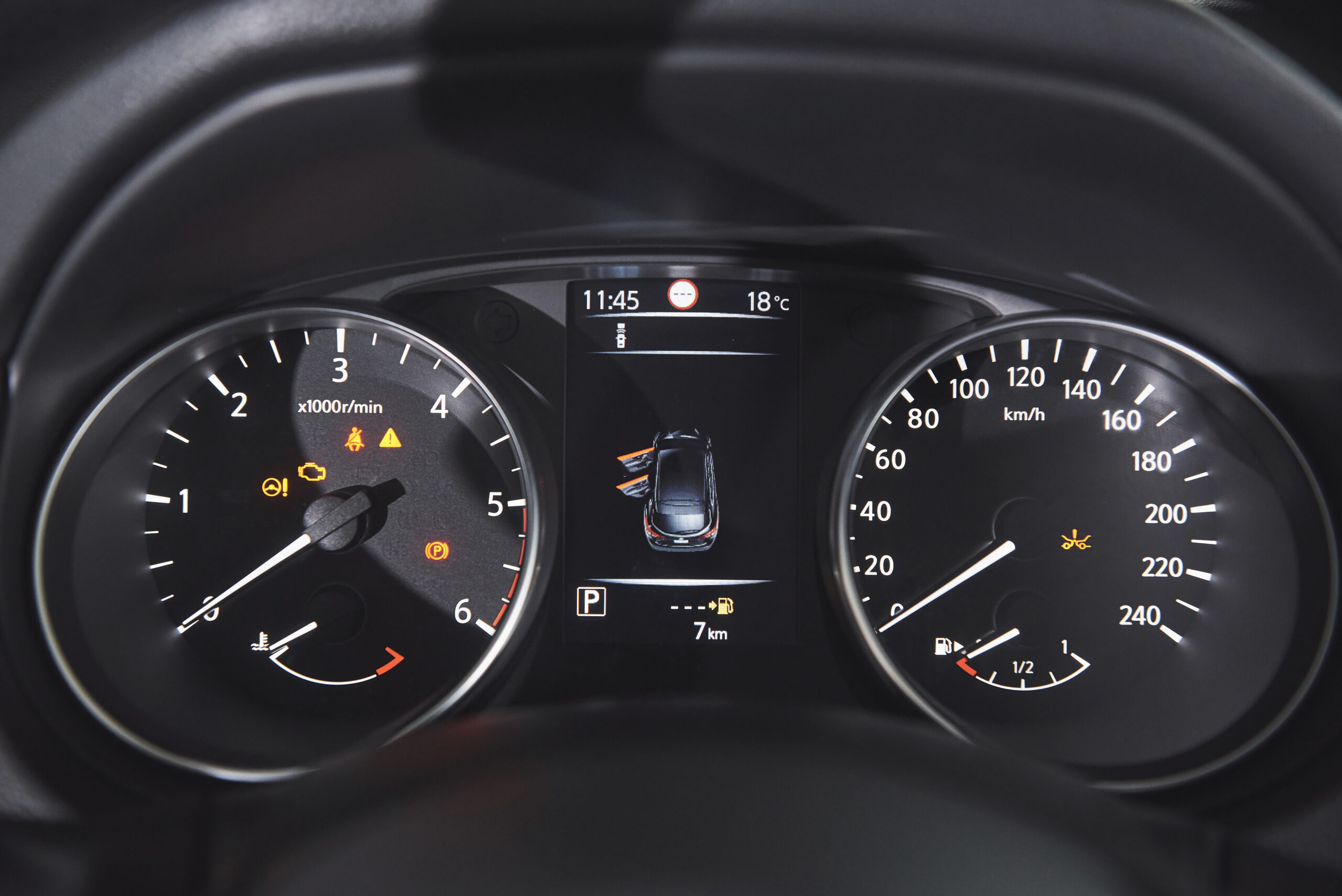Collision avoidance assist systems have become a vital safety feature in modern vehicles, helping drivers mitigate or prevent collisions through various sensors and technologies. These systems use radar, cameras, and other sensors to detect potential hazards and provide warnings or even automatic braking to avoid accidents. However, there may be instances when the collision avoidance assist system encounters issues, triggering warning lights on the dashboard. In this article, we will explore the diagnosis and solutions for collision avoidance assist warning lights to help drivers understand and resolve potential problems effectively.
Importance of Collision Avoidance Assist Warning Lights:
Collision avoidance assist warning lights play a critical role in alerting drivers to potential malfunctions in the system. These warning lights indicate when the collision avoidance assist system is unable to function properly or has encountered a fault. Ignoring or neglecting these warning lights can compromise the effectiveness of the system and increase the risk of accidents. Therefore, it is essential to address any issues promptly to ensure the system operates as intended.
Diagnosis and Solutions for Collision Avoidance Assist Warning Lights:
- Sensor Obstruction or Blockage: The sensors used in collision avoidance assist systems are located at various points on the vehicle, such as the front grille or bumper. If these sensors become obstructed or blocked by dirt, debris, snow, or even stickers or accessories, it can hinder their ability to detect hazards and trigger a warning light. Inspecting and cleaning the sensors regularly, ensuring they are free from any obstructions, can help prevent false warning lights.
- Calibration Issues: Calibration is crucial for the accurate operation of collision avoidance assist systems. If the sensors or cameras are not calibrated correctly, it can lead to inaccurate readings and warning light activation. In such cases, consulting the vehicle’s manual or contacting a qualified technician for sensor calibration can help resolve the problem.
- Malfunctioning Components: Like any electronic system, collision avoidance assist systems can experience component failures. Malfunctioning sensors, damaged wiring, or faulty control modules can lead to warning lights. Diagnosing and repairing these issues may require the expertise of a professional technician. They can utilize specialized diagnostic equipment to pinpoint the specific component causing the problem and replace or repair it as necessary.
- Software Updates or Glitches: Collision avoidance assist systems rely on software algorithms to interpret sensor data and make accurate decisions. Software glitches or outdated versions can sometimes trigger warning lights. In such cases, updating the system software or performing a system reset may resolve the issue. Consult the vehicle’s manual or reach out to the manufacturer or dealership for guidance on updating or resetting the collision avoidance assist system.
- Physical Damage: Collision avoidance assist systems can be susceptible to physical damage due to accidents, collisions, or other impacts. Any damage to the sensors, cameras, or related components can affect their functionality and trigger warning lights. If physical damage is detected, it is advisable to have the vehicle inspected by a qualified technician for necessary repairs or replacement.
Collision avoidance assist warning lights are important indicators of potential malfunctions in the system. Promptly diagnosing and addressing these warning lights is crucial to ensure the proper functioning of collision avoidance assist systems and maintain safety on the road. By understanding the importance of these warning lights and implementing the suggested diagnosis and solutions, drivers can effectively troubleshoot and resolve potential issues with their collision avoidance assist systems. Remember to consult the vehicle’s manual or seek assistance from a qualified technician for specific guidance on your vehicle’s make and model.











